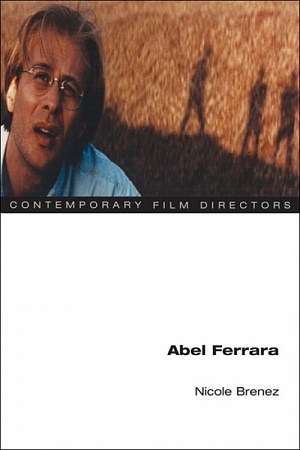New Vampire Cinema
British Film Institute/Palgrave Macmillan, $39 pb, 164 pp
Vampirology
The myth of the vampire entered into European literature as a Byronic hero of the Romantic era. This attractive but evil character appears to have shifted from peasant folklore into the written culture at the same time that Lady Caroline Lamb described Byron as ‘mad, bad and dangerous to know’. That would be a perfect description for the classical vampire. Although the demonic figure that lives on blood has an ancient pedigree, it is significant that the modern vampire, the one we are familiar with, is parasitic on Christian mythology. The paraphernalia to ward off vampires are such as to give comfort that ultimately the evil of the vampire is powerless against the Good of the Christ. That evil is of central importance to the myth. The vampire is an erotic dream of the desires forbidden by Christian taboos. In most cases the taboo can read as a fear of disease, especially sexually transmitted diseases. In the nineteenth century, this fear of such diseases as syphilis and ‘consumption’ (tuberculosis) was unspoken, but expressed as metaphor. The three classic texts from which most vampirology derives – Polidori’s The Vampyre (1819), Sheridan Le Fanu’s Carmilla (1872), and Bram Stoker’s Dracula (1897) – are all essentially Christian, and erotic, in their symbolism. The descriptions of the symptoms of those infected by the vampire were very familiar to the readers of the day. So for nigh on two hundred years the vampire has roamed our nights striking fear but, at the same time, instilling desire.
Continue reading for only $10 per month. Subscribe and gain full access to Australian Book Review. Already a subscriber? Sign in. If you need assistance, feel free to contact us.















Leave a comment
If you are an ABR subscriber, you will need to sign in to post a comment.
If you have forgotten your sign in details, or if you receive an error message when trying to submit your comment, please email your comment (and the name of the article to which it relates) to ABR Comments. We will review your comment and, subject to approval, we will post it under your name.
Please note that all comments must be approved by ABR and comply with our Terms & Conditions.